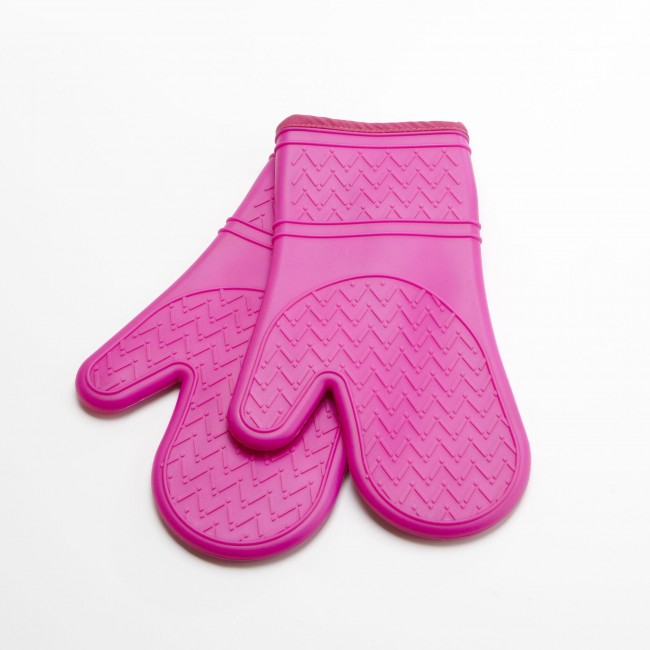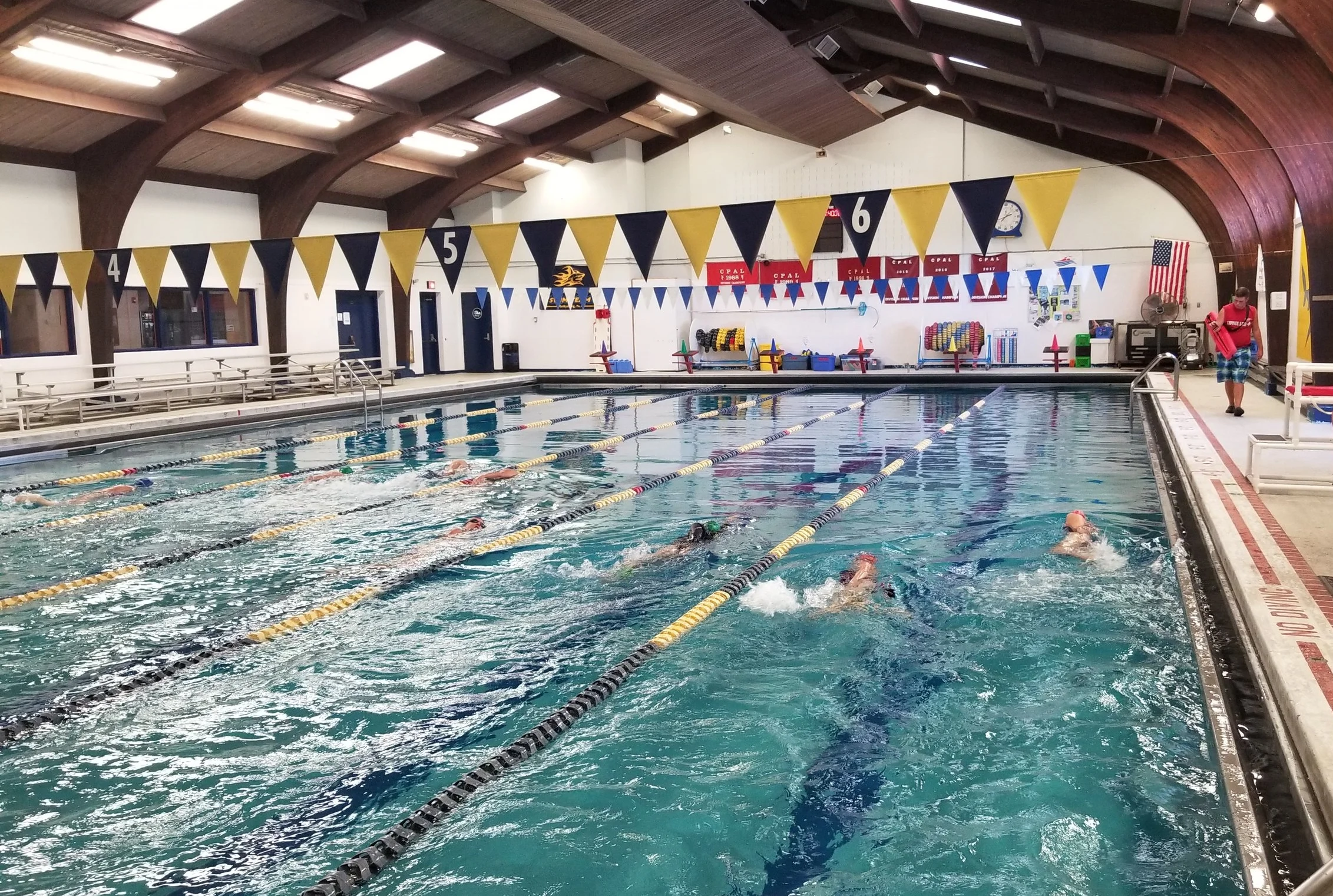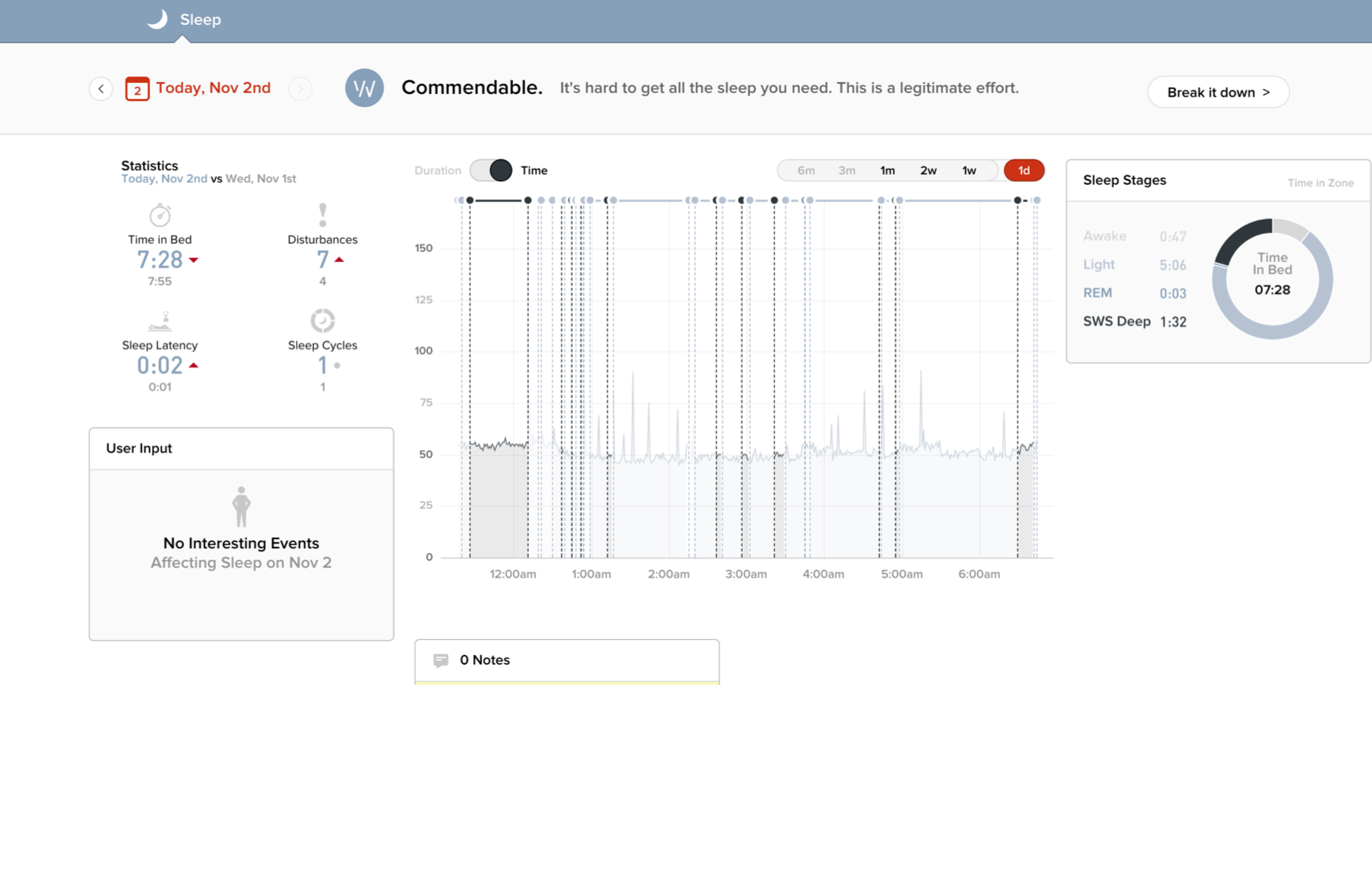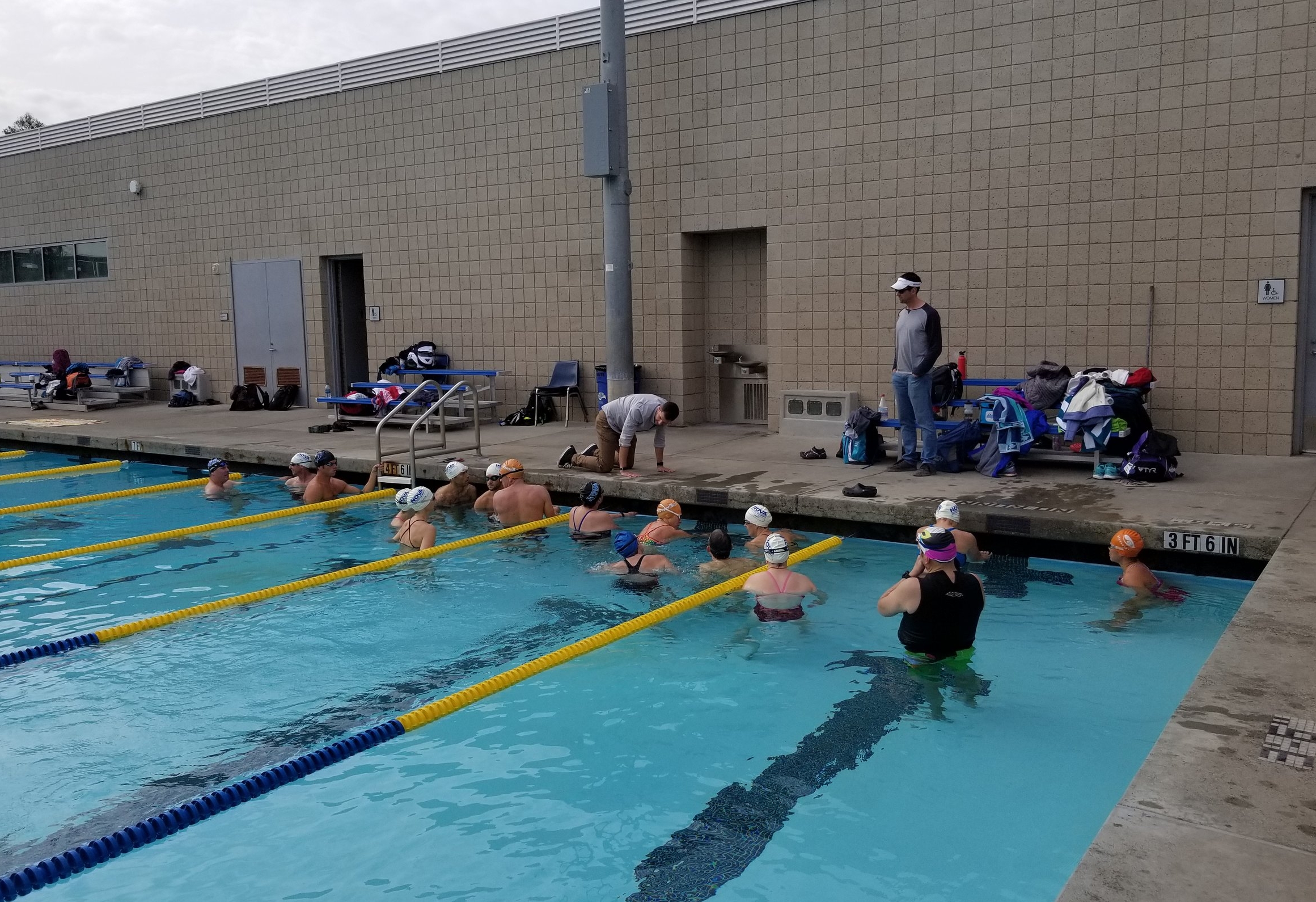We're so excited to have Jarrett Brumett, owner of JB Pain and Performance Solutions taking the time to write for us about the importance of strength training for swimmers. His intro to this series is below.
I want to start this post off by removing a few misconceptions regarding strength training and the sport of swimming (especially in regards to endurance events). To put it bluntly: smart strength training can improve a swimmer’s performance, help facilitate their recovery, and decrease their risk of injury. Let me repeat that, SMART strength training can improve a swimmer’s performance, help facilitate their recovery, and decrease their risk of injury. This means that strength training, when performed and done right, can:
Increase force production (without adding mass if necessary)
Improve mobility
Improve body awareness
Give powers similar to that in Disney’s The Thirteenth Year
Decrease overuse injuries
Improve breathing mechanics and utilization of the breath
Make you an all-around more useful person
Improve the effectiveness of a taper
Make you look better naked
Now I say when done RIGHT because incorrect execution or negligently programming can:
Mess with mechanics and reinforce poor body awareness
Increase injury rates
Cause overtraining AND completely kill a taper
Make me want to put my head through a wall
Add unwanted mass
I use a repetitive and semi-arrogant tone with this because over the years I've found swimming to be a completely different beast when compared to other sports. The means of force production is much more methodical, the amount of volume can seem ungodly to those outside of aquatic circles, and the importance of a well executed taper is often unrivaled compared to other sports.
Let's also not forget that a competitive swimmer, even in their early teens, is often a highly specialized athlete and has a totally different physiology when compared to athletes of land-based sports. This means that much more care needs to be taken in regards to their programming and its implementation.
With all of these factors hanging in the balance you can see why dryland training for swimmers can get pretty tricky, especially if you’re actually trying to address deficits and get the swimmers stronger and faster. It’s not as straightforward as, “just lift more weight,” or “just do more pushups.” There are some easy methods and ideologies that can be implemented that will get people faster, with less wasted effort.
So that brings me back to my point: smart strength training can improve a swimmer’s performance, help facilitate their recovery, and decrease their risk of injury. Over the next few weeks, I’m going to dive further into these subjects and give you things you can implement into your dryland training to help you to channel your inner-Phelps in the water. You will learn:
Do’s and don’ts of exercise selection
How breathing interventions can be used to strengthen your core
How to prevent shoulder and low back injuries
What exercises have been proven to help your speed in the water
How many bullet points I can put into one blogpost
How to adjust your dryland when on a taper
How to use dryland to facilitate recovery when you’re beat down from high volume
How to train your core for swimming
If all of this tickles your fancy, then stay tuned and prepare for the gainz.


































